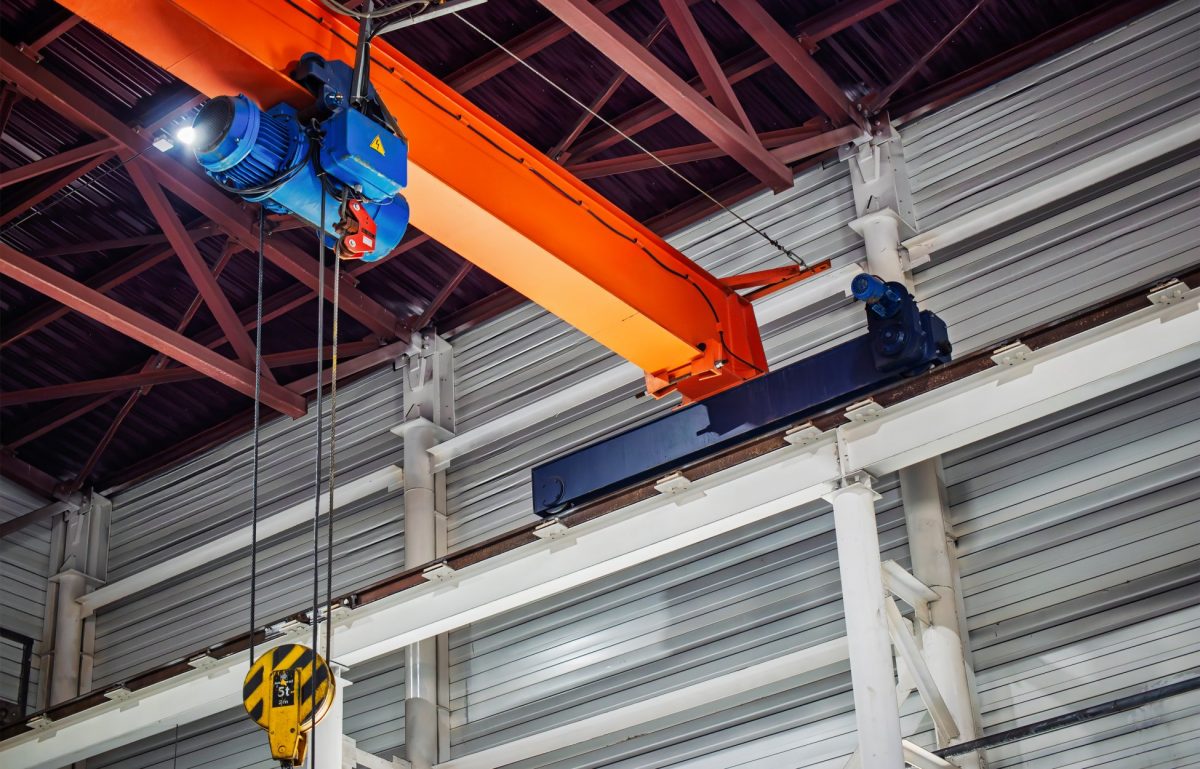Maintaining safe rigging practices plays a vital role in warehouse operations. It minimizes risks, protects workers, and boosts efficiency. By prioritizing safety and upkeep, you can reduce equipment failures and costly accidents. Additionally, adopting a proactive approach allows teams to handle materials safely while fostering a productive work environment.
Inspect Equipment Regularly
You can properly maintain safe rigging in warehouses by identifying and addressing issues promptly. Regular inspections prevent small issues from snowballing. Carefully examine hooks, slings, and hoists for wear, corrosion, or damage before use. Also, look for frayed wires, bent components, and visible cracks, which compromise safety.
Remove damaged equipment from service immediately to avoid safety risks. You should also implement a schedule for inspections and document findings to maintain accountability. Proactive checks may help you highlight patterns indicating underlying problems. For example, consistent wear on certain rigging equipment may signal a need for adjustments. By committing to inspections, you protect your workers and your equipment!
Take Care of Chains and Hoisting Equipment
Chains and hoisting equipment require meticulous care to function effectively. Luckily, you can properly maintain safe rigging in your warehouse by keeping chains and hoists in peak condition. Keep hoisting equipment clean and lubricated to reduce wear and extend its lifespan. Lubrication minimizes friction and supports smooth operation.
Properly storing chain rigging slings and equipment increases their longevity and reduces the chance of premature failure. Store chains and hoists in a secure, dry location to protect them from rust or damage caused by exposure to moisture. Investing time in the maintenance of essential tools prevents accidents and enhances operational efficiency.
Train Workers in Rigging Safety
Train workers to understand and follow safe rigging practices. Conduct hands-on training sessions to cover key topics, such as load capacity limits, proper handling techniques, and the importance of inspecting equipment before use. In addition, provide ongoing refresher courses to keep knowledge current.
Encourage workers to report potential safety hazards or equipment concerns immediately. Empowering the team with the skills and confidence to address rigging challenges creates a safer environment for everyone.
Use the Right Equipment for the Job
Always select the correct rigging tools for each task. Match the load ratings of hooks, slings, and other equipment to the weight and size of the materials you’re moving. Using equipment with improper load ratings increases the risk of failure and accidents. Your operations will become safer and more reliable by investing in the right equipment and maintaining its condition.
Establish Clear Rigging Protocols
Standardized rigging protocols streamline safety efforts and reduce the chance of errors. Start by documenting all safety procedures and sharing them with the entire team. You could also create a checklist for inspections and a communication plan for reporting issues.
Clear guidelines build consistency in rigging practices and improve teamwork. With well-defined protocols, everyone understands their role in maintaining a safe and efficient warehouse. Prioritizing the safety and maintenance of rigging equipment transforms warehouse operations for the better.













